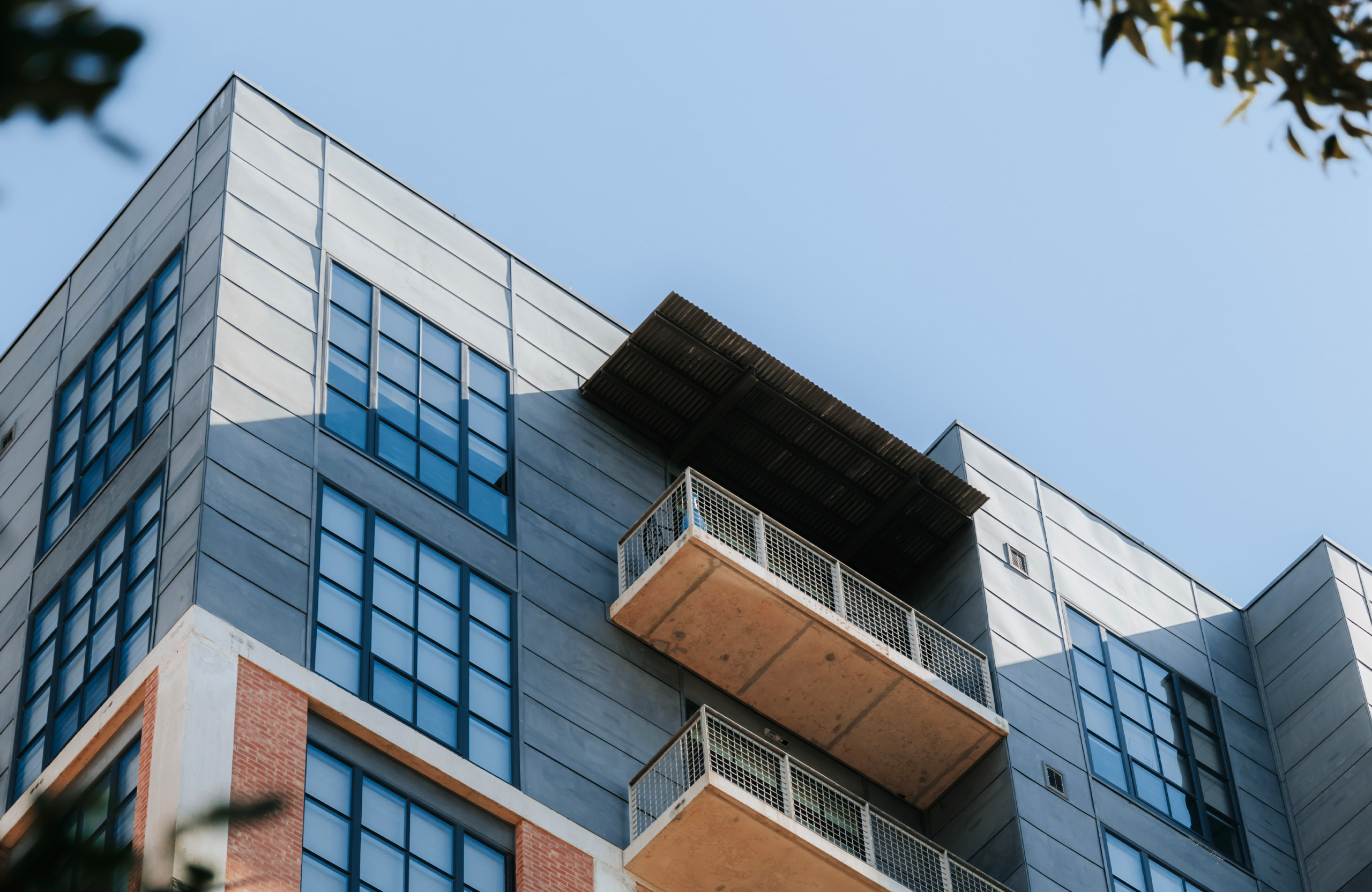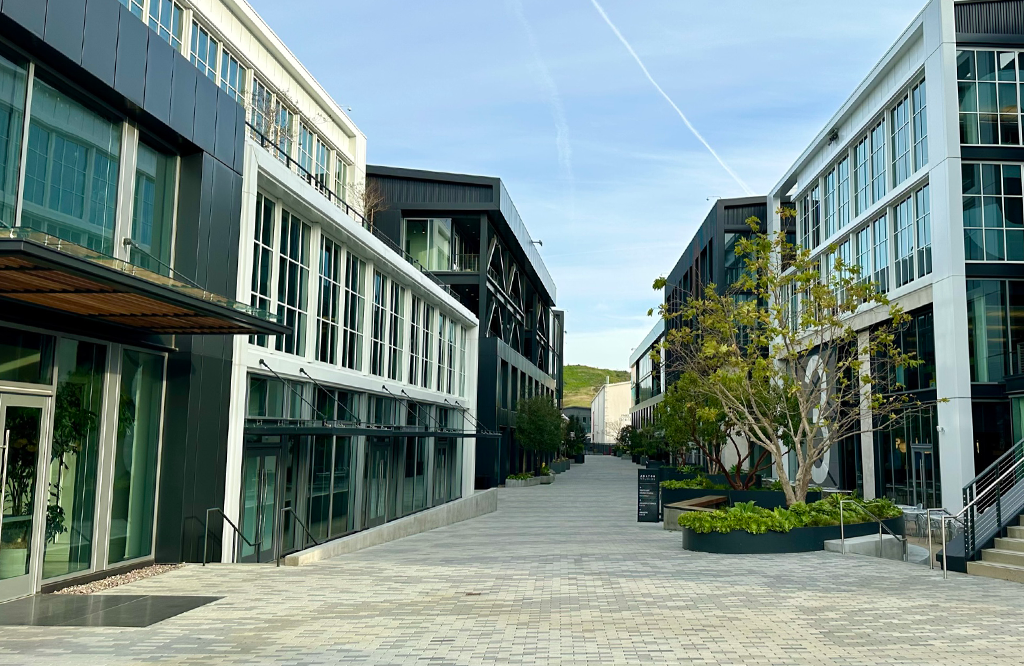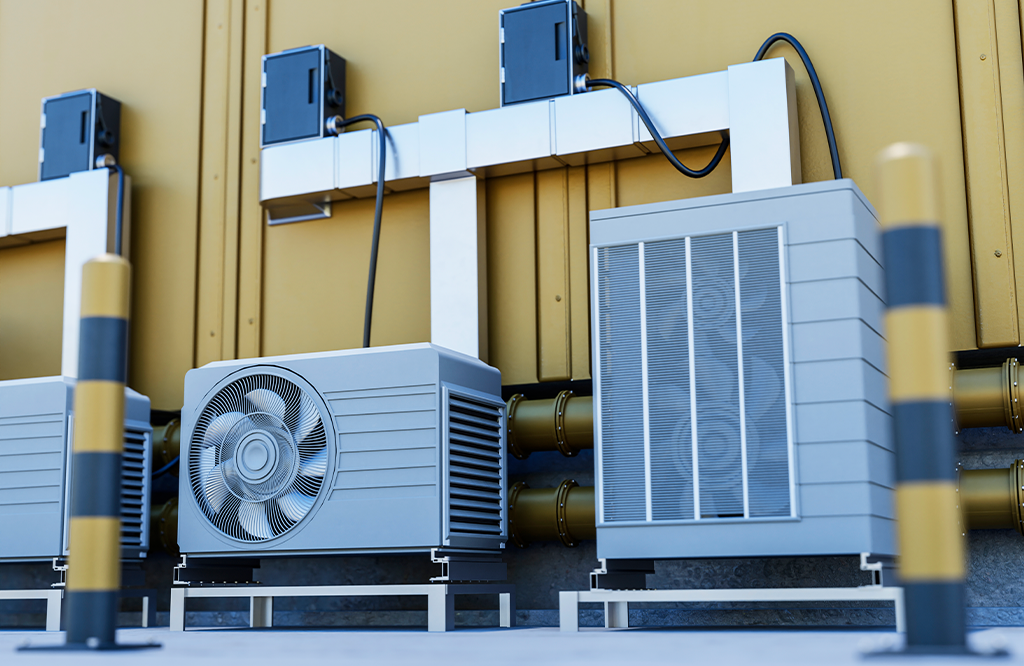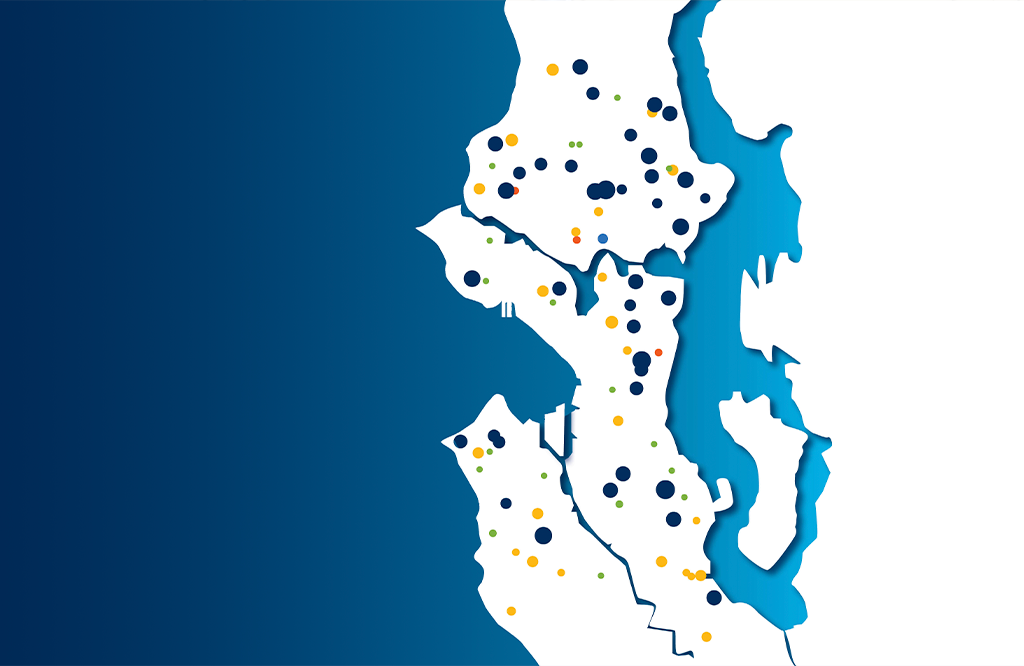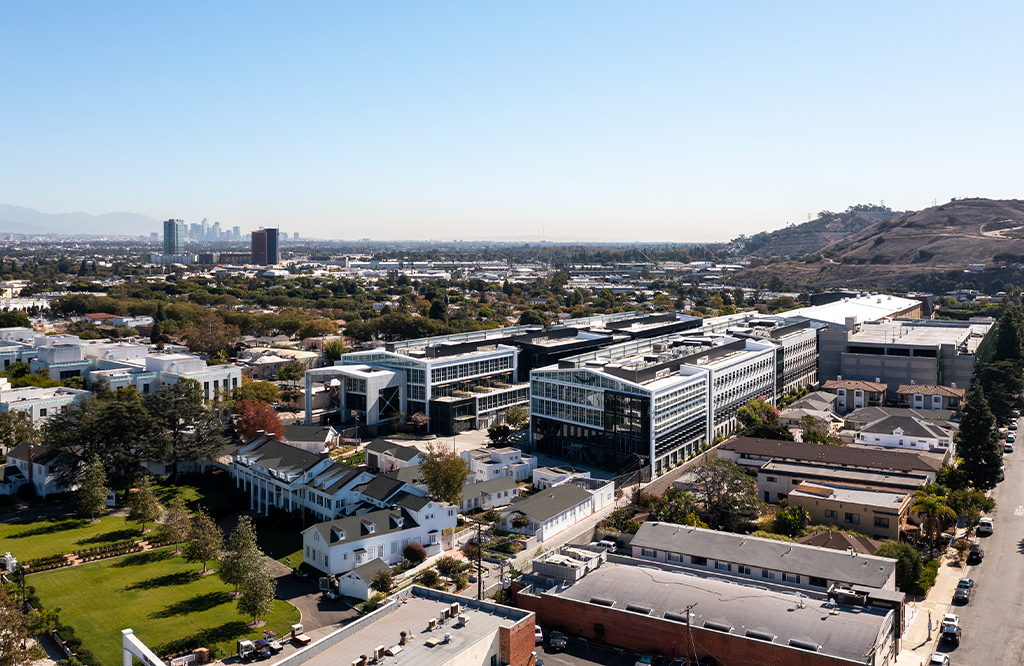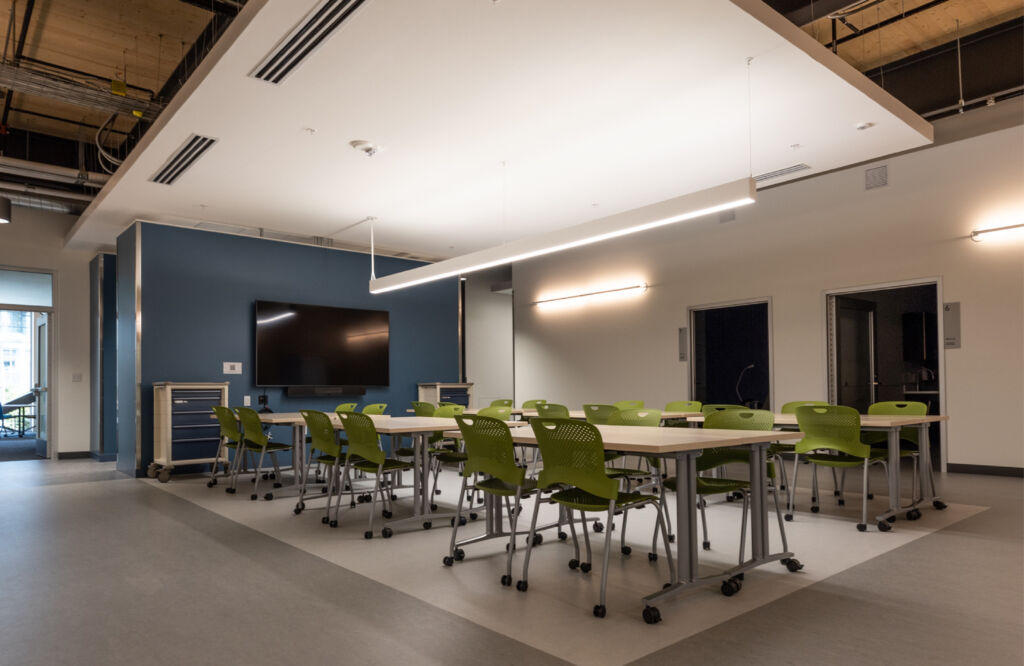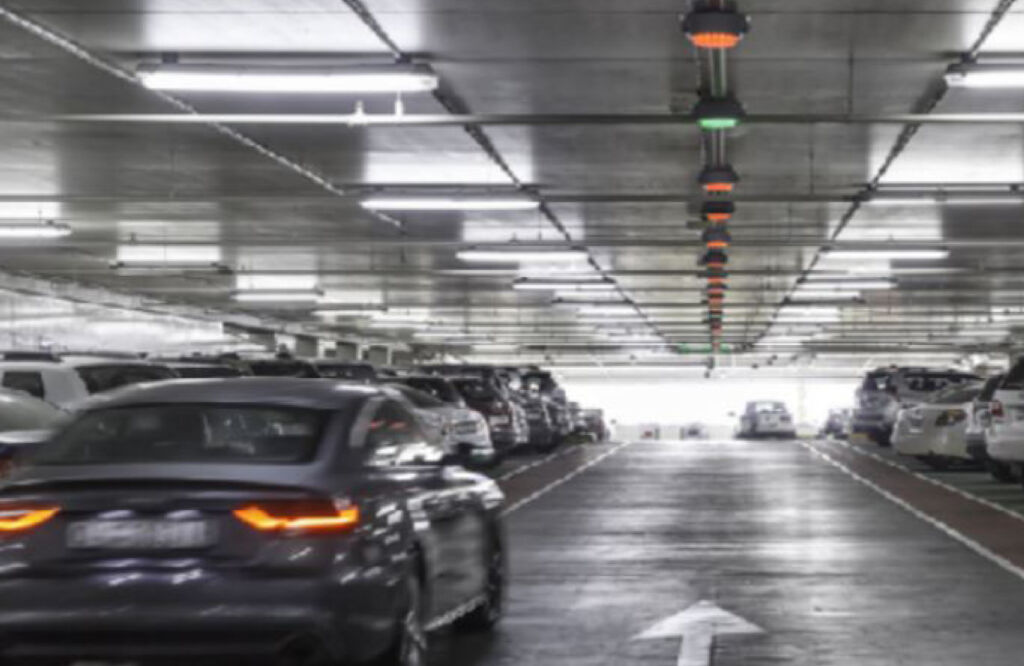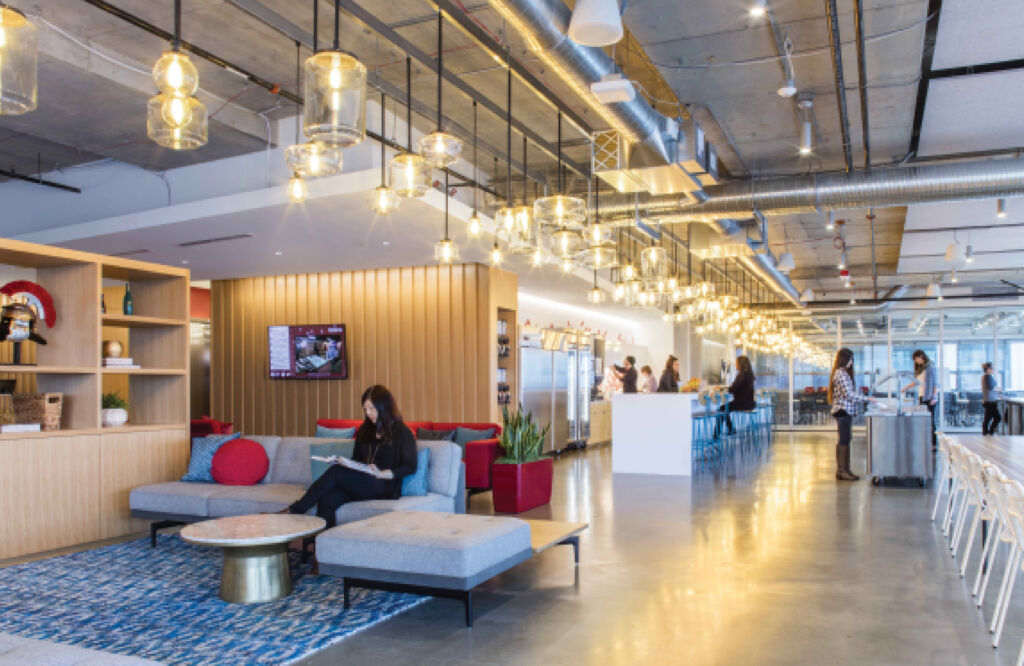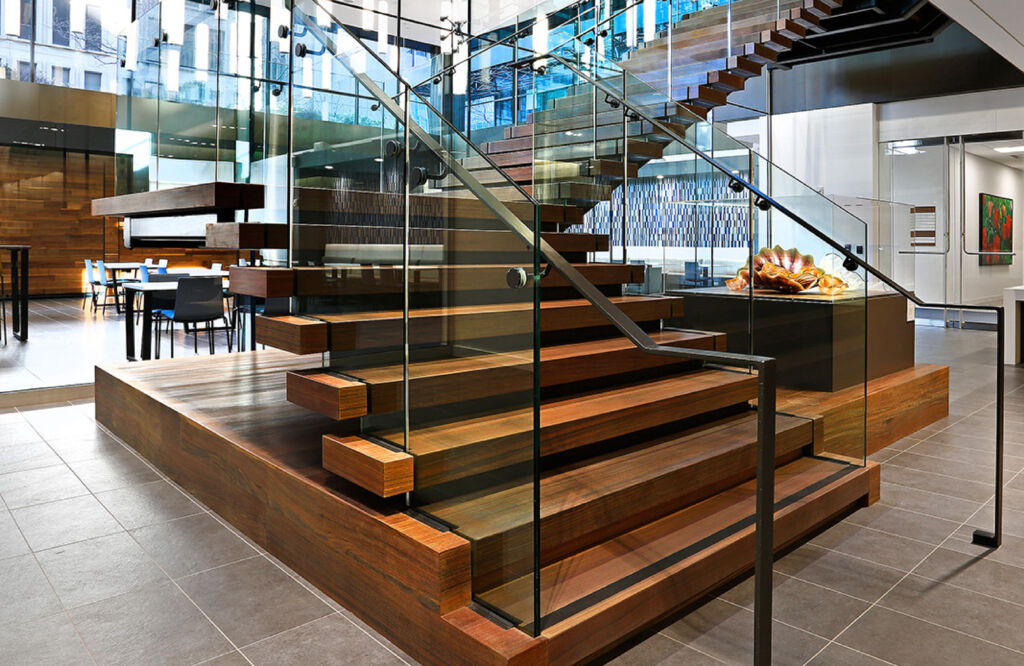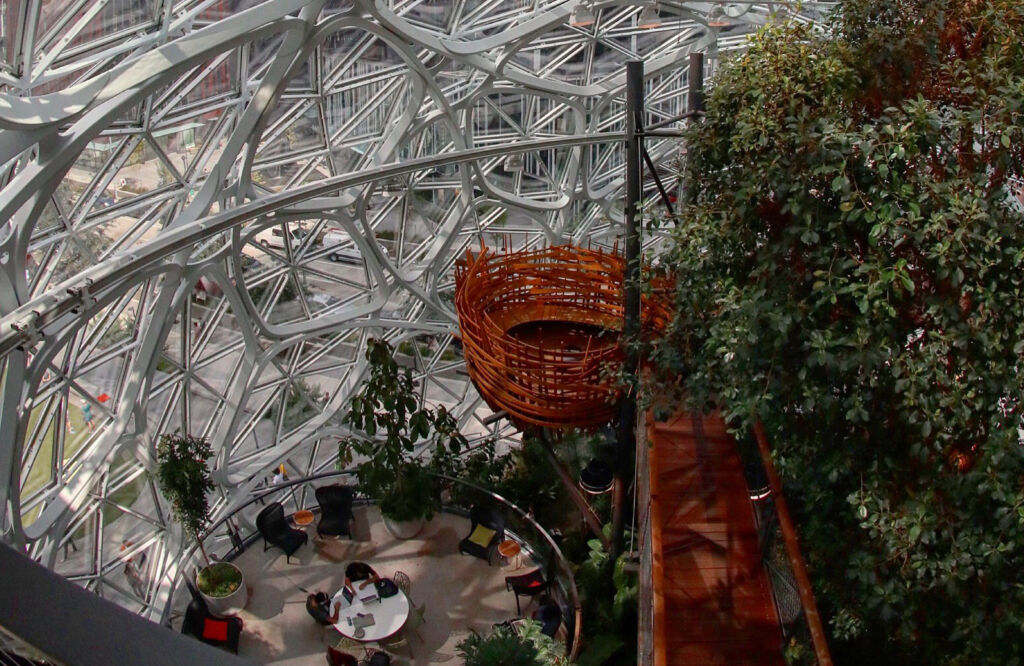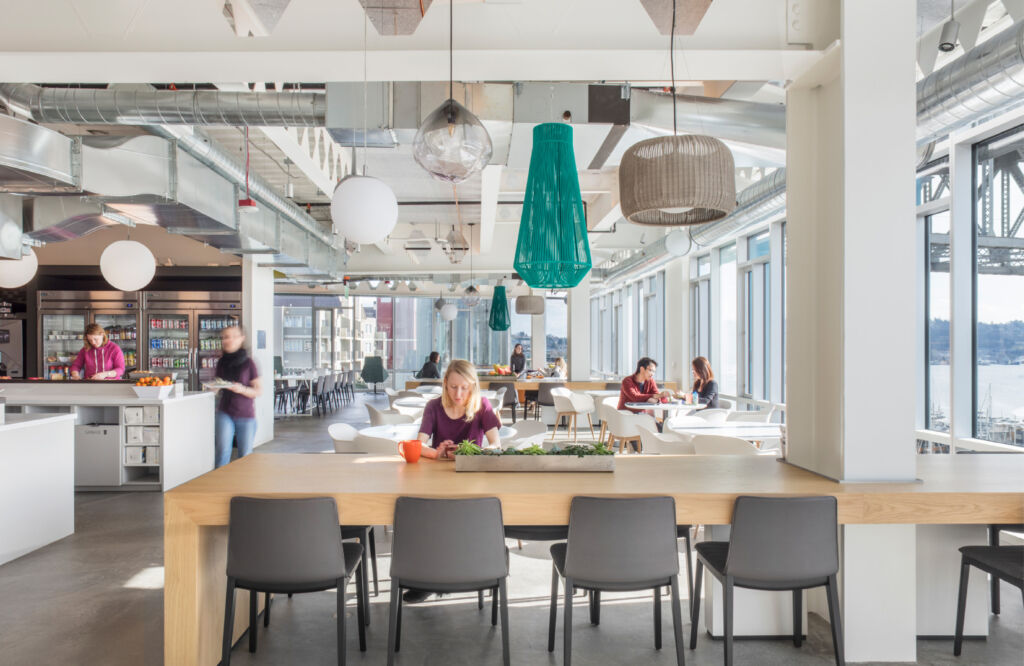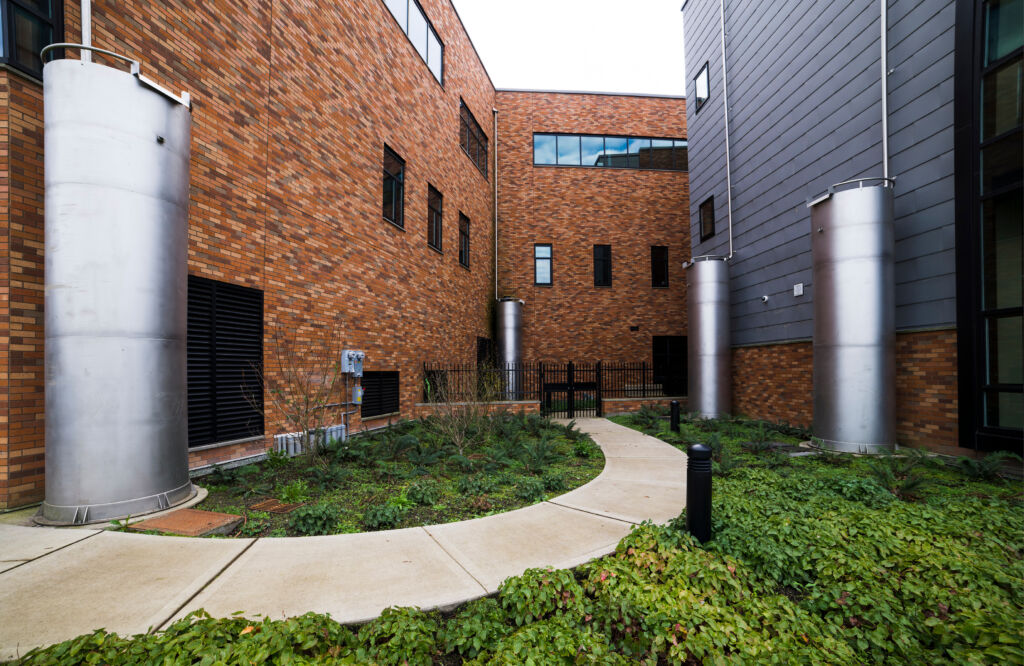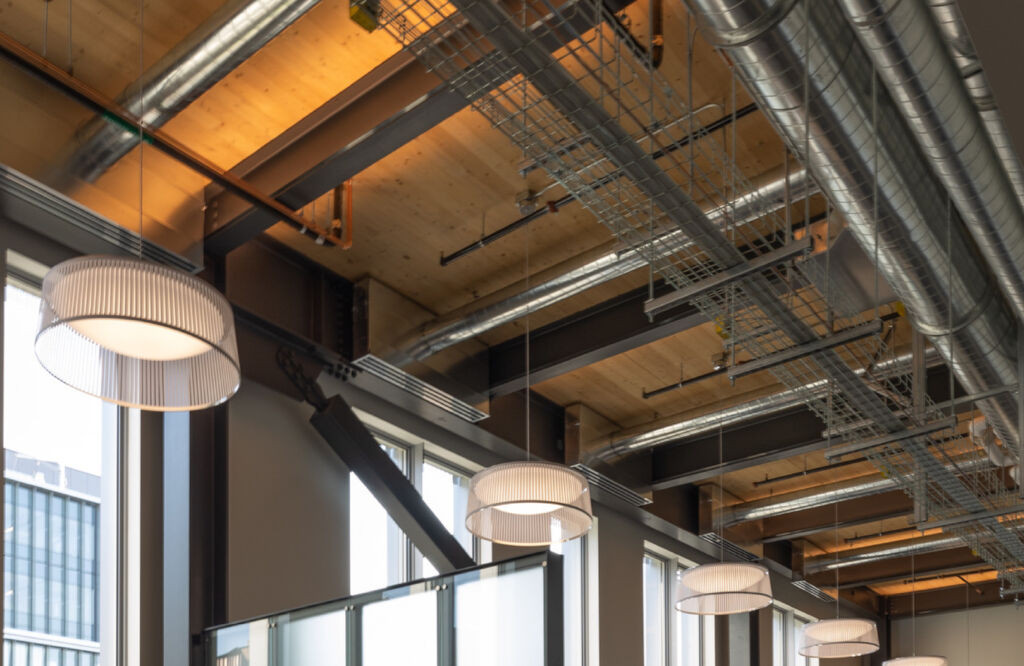Virtual Library
2021 Washington State Energy Code (WSEC)
2021 WSEC Full Presentation
2.7.23
Following the historical performance, and compliance options surrounding the 2021 WSEC updates, our presenters explore code impacts, analyze code updates, evaluate alternative compliance permitting paths, and build an understanding of local trends and potential code revisions.
AIA LSW 1 Credit On-Demand Course: AIACESBE035
wSEC Opening
2.7.23
Following a brief introduction of the speakers and presentation agenda, the presenters discuss learning objectives, terminology, the current progress toward the energy code goal, trending topics, and the 2021 WSEC adoption date.
WSEC Building Enclosure
2.7.23
Updates towards performance improvements, air leakage, operable openings interlocks, and more building enclosure standards are introduced and expanded by the presenters.
WSEC Electrical
2.7.23
With the WSEC updates come opportunities to save energy resources. From facility interior and exterior lighting, lighting controls, uninterrupted power supplies, and other energy consumption management opportunities, the presenters expand upon the code and the rationale pushing the initiative.
WSEC Section C406
2.7.23
Presenters compare the 2018 code against the 2021 updates, dictating updates to energy efficiency credits, and other current practices. New initiatives, such as load management credits, are introduced and explored.
WSEC Compliance Options
2.7.23
Presenters exhibit three code compliance options. The prescriptive approach, the total building performance approach, and the outcome-based energy budget approach.
WSEC ALterations (C503)
2.7.23
Presenters detail the C503 mechanical revisions, electrical revisions, and notable Seattle Energy Code updates.
WSEC Live Questions
2.7.23
Listen to the post-presentation question and answer session.
[Re]Building A Cleaner Future (RCF)
RCF Introduction
5.21.24
An introduction to the global, national, and local factors that are driving electrification and decarbonization.
rCF Mechanical
5.21.24
An exploration of the various mechanical systems approaches to support electrification within existing buildings.
RCF Electrical
5.21.24
Electrical infrastructure considerations to position facilities to be fully electrified.
RCF – Case studies and Looking Ahead
5.21.24
Two enterprise case studies that examine the implications of electrification and decarbonization.
Clean Buildings Performance Standard (CBPS)
What is CBPS?
Washington state passed the Clean Buildings Performance Standard (HB1257) as a measure to reduce greenhouse gas (GHG) emissions through more efficiently operating buildings. Impacting all buildings, regardless of year of construction, discover what it means to capital planning and maintenance.
How to comply with the CBpS?
Building owners have essentially three paths forward to comply with the Clean Buildings Performance Standard for the life of their buildings. The paths and process for compliance are explained here.
Positioning for What’s Next
Three bills were passed that will have long-term effects on capital planning and maintenance. The recorded event captures how Clean Buildings Performance Standard (HB 1257), Refrigerant Reporting (HB 1050), and Fire, Fire Smoke, Smoke Damper Inspection/ Testing (HB 2701, RCW 19.27.710) will have lasting impacts on capital planning and operations.
CBpS – Pathway Forward
Bonus material from the Hargis • University Mechanical Contractors (UMC )• Northwest Energy Efficiency Council (NEEC) Pathway Forward presentation, with guest speakers from the state of Washington, NW Energy Coalition and Shift Zero, and Innovations.
Case Studies
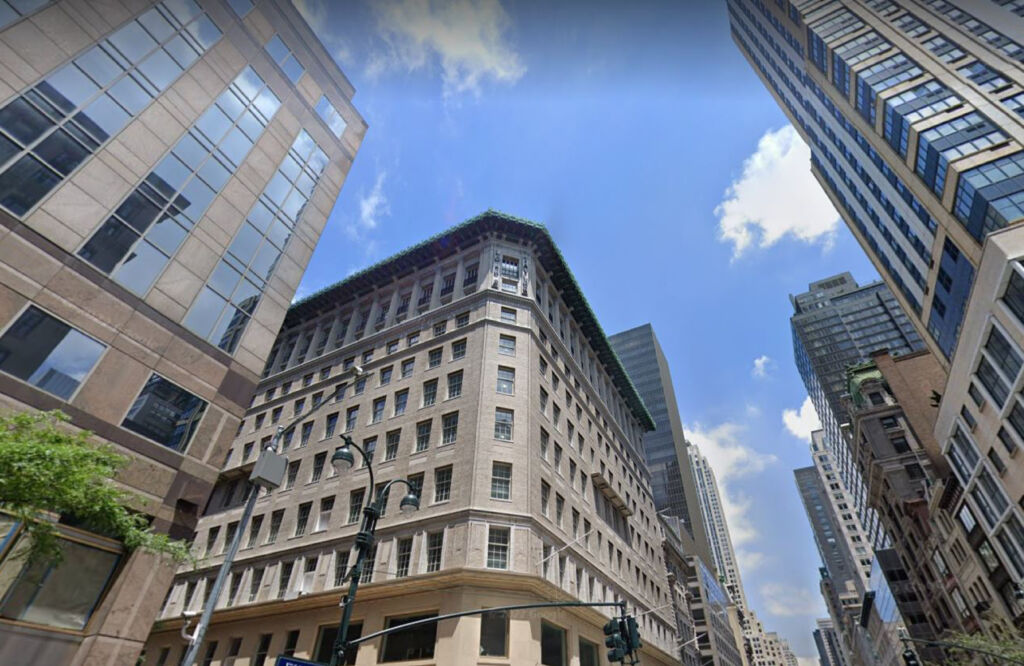
Commercial Repurposing
The industrial to commercial evolution is well documented with surge in former yards being transformed into work/live/play destinations. However, the repurposing of existing commercial real estate to serve high-tech and content development studios requires a different approach to building system planning and implementation.

Fuel Sources & Heat Pump Systems
Building electrification implies a change in mechanical system options. We have worked with owners as they have integrated these systems into their operating structures that span mission-critical to academic spaces.

Greening Seattle’s Fleet
The City of Seattle (City) has adopted policies to reduce GHG emissions of which the Green Fleet Action Plan (GFAP) is a cornerstone to the strategy. The (GFAP) captures the City’s commitment to 50% GHG emission reduction and a 100% fossil-fuel-free fleet by 2030. Electrification of the City’s vehicle fleet is a key component of this initiative.
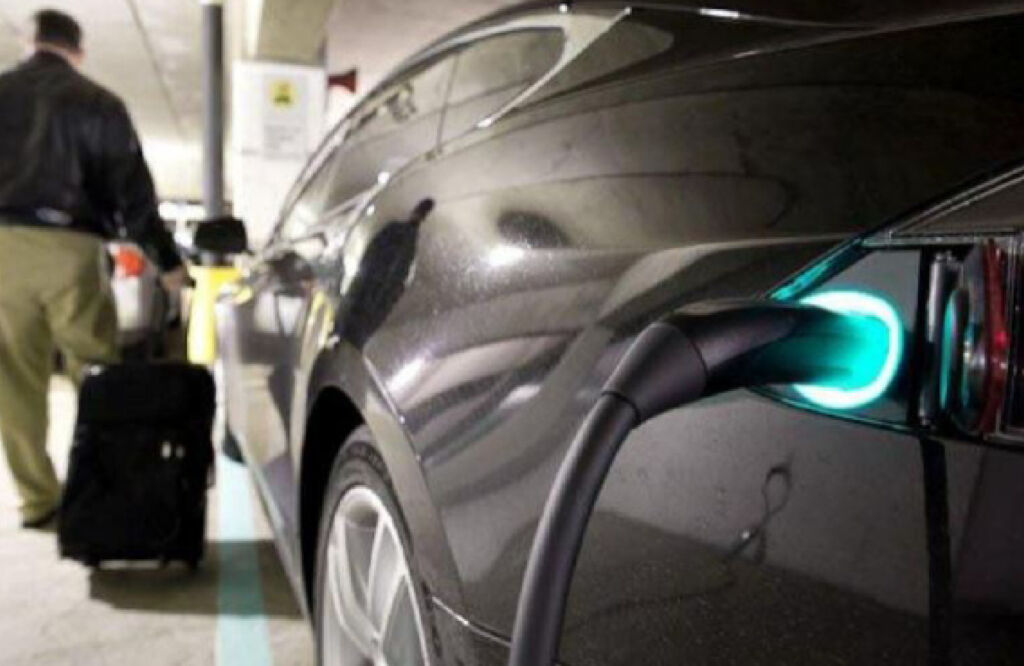
Infrastructure + Technology
The Port of Seattle has activated a number of projects that align with its Maritime Climate and Air Action Plan to reduce its carbon footprint. Targeting key carbon-emitting sources, they are investing in infrastructure that will reduce non-productive vehicle circulation, optimize garage utilization, increase access to electric recharging stations, and improve customer satisfaction. We are leading teams in fulfilling their vision.
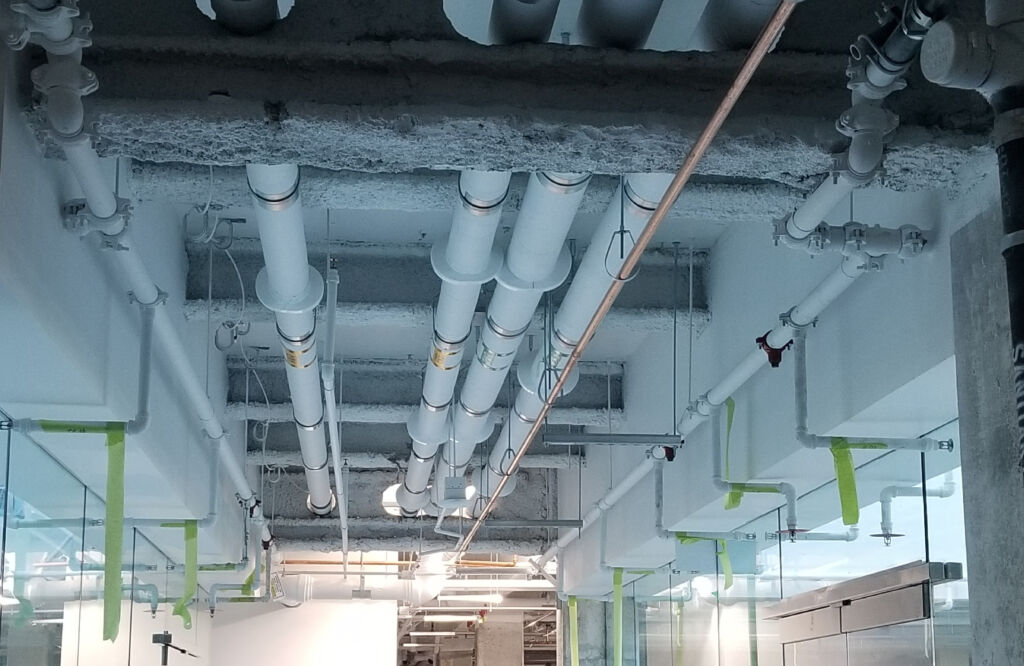
Inside Out Optimization
Optimizing rentable space is a cornerstone of commercial real estate, especially in tight market conditions. As developers evaluate the cost of expanding vertically, teams are taking a closer look at building programming, cost estimating, and early system evaluation to maximize the investment.
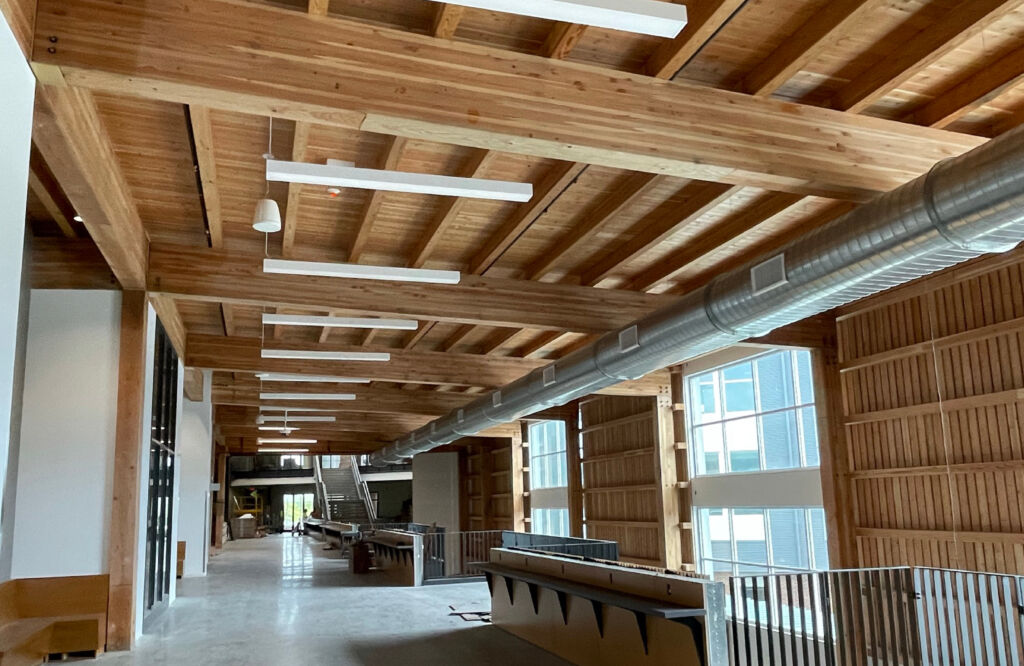
Integrated Structures / Mass Timber
The coordination of building systems has always been a hallmark of a successful project. Going beyond day one, that coordination is being elevated as low-carbon emitting materials are being integrated into the solution. Realized as mass timber construction, the competing demands for aesthetic values and mechanical, electrical, telecommunications, and security system flexibility requires tighter coordination between the design, manufacturing, and construction teams.

Refrigerant | Keeping it Cool
Advancements in technology have enabled major breakthroughs and discoveries that have shaped the modern world as we know it. Refrigeration is one of those – making certain environments habitable, creating spaces for life-saving discoveries, and elongating the shelf life of perishable goods (food/medicine) for global distribution.
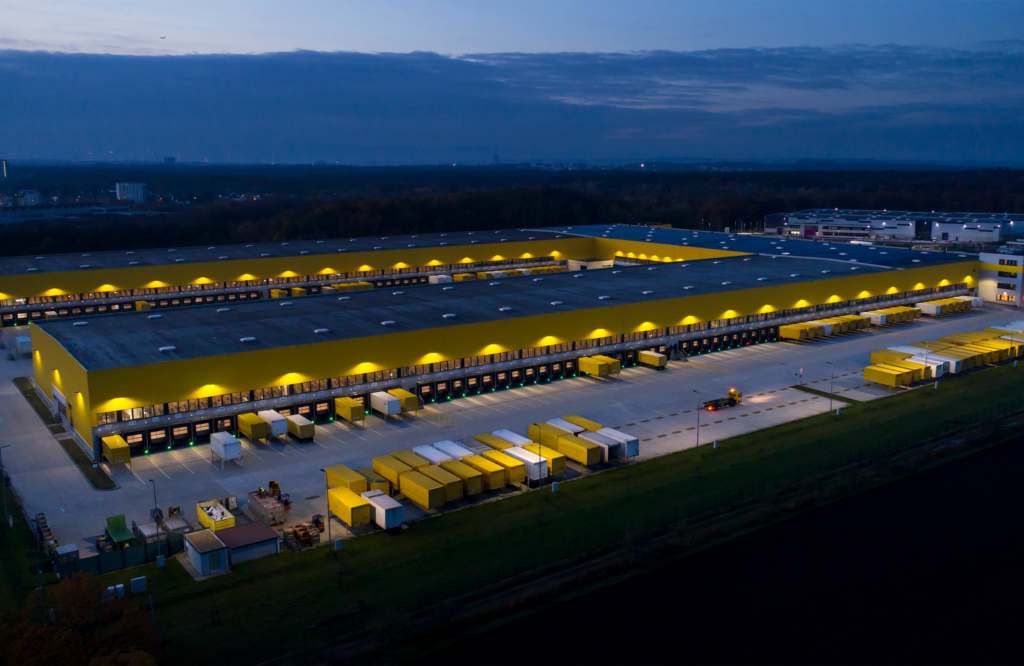
Systems for Streamlined Operations
Drawing upon the notion innovation and creativity are boundless, clients whose brands rely upon new break throughs are evaluating the flow of and what can inspire new discoveries. Whether that is a huddle space, R&D lab, manufacturing, or untethered-view-inspiring scenery, stakeholders are rethinking the ‘productivity’ space.
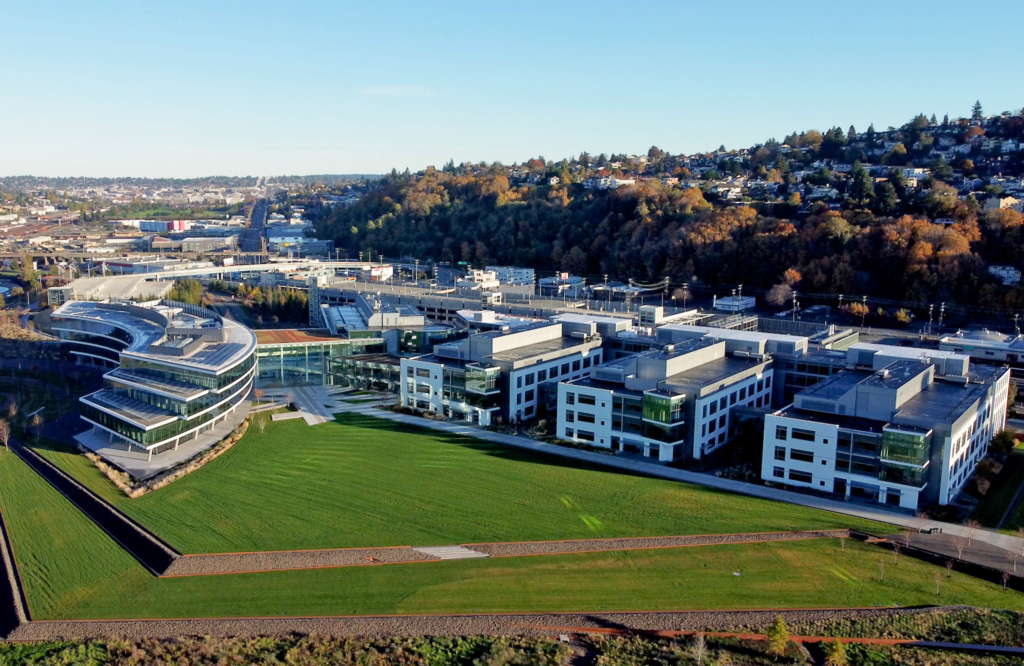
Optimizing Campus Mobility
The BYOD (bring your own device) to collaborate with increased flexibility has taken on a new meaning. Operating from the client network and cellular distributed antenna system (CDAS), *anywhere* usually meant within close proximity of the building for the strongest signal. For those operating in a campus environment with carefully orchestrated finishes or landscape environments, the distance is being challenged and resolved with creative solutions that are concealed within the physical structures to optimize capital investments.
Adaptive CRE
While landlords and tenants are evaluating options to right-size their amenities and workstation footprint allocations, others are seeking alternative options for repurposing their assets. Policymakers and private industry are on a shared mission to revitalize downtowns.
Studio
As the entertainment industry has migrated from the recording studio and multi-set filming locations, a new era of content capture is being ushered in with advancements in technologies. Visionaries have harnessed the power of technology advancements to create audio and video recording studios on a scalable measure.
Electrification
Energy efficiency continues to be the most cost-effective solution to reduce building emissions; however, this alone will not be enough in making largescale gains in building decarbonization.
Data Visualization
A building’s energy performance is dynamic throughout its 50+ year lifecycle. Changes to program use, system operations, equipment maintenance, codes and weather can greatly impact performance.
